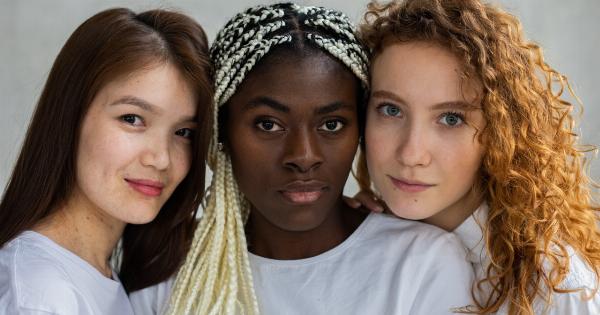Tears are often associated with sadness, grief, and pain. However, they can also be an expression of overwhelming joy and happiness. These tears of joy have a deep emotional significance that goes beyond the surface.
This article delves into the science behind tears of joy and explores the psychological and physiological reasons that lead to this powerful emotional response.
The Role of the Brain in Tears of Joy
Emotions are complex and multi-faceted, and tears of joy are no exception. When we experience intense happiness or overwhelming joy, our brain releases a cascade of neurochemicals.
These chemicals, including endorphins and oxytocin, flood our brain and body, creating a profound sense of well-being and elation.
Oxytocin: The “Love Hormone”
Oxytocin, often referred to as the “love hormone,” is a key player in tears of joy. This hormone is released during bonding experiences, such as hugging a loved one or witnessing something heartwarming.
Oxytocin enhances our empathy and emotional connection, making us more susceptible to experiencing tears of joy in certain situations.
The Power of Meaningful Moments
Tears of joy are commonly triggered by experiences that hold deep personal meaning. These moments can include milestones, such as weddings, graduations, or the birth of a child.
They can also arise from witnessing acts of kindness, reunions with loved ones, or even personal achievements. The emotional significance attached to these moments can overwhelm us and lead to tears of joy as a manifestation of our inner happiness.
The Cathartic Nature of Tears
Tears of joy also have a cathartic effect on our emotions. Crying releases built-up tension and stress, providing us with a sense of relief and emotional release.
In moments of intense joy, this release can be particularly profound, allowing us to fully embrace and express our happiness.
The Connection Between Happiness and Nostalgia
Often, tears of joy are connected to nostalgia. Certain memories or experiences can evoke a sense of longing for the past, triggering a bittersweet mix of happiness and sadness.
This complex emotional blend can result in tears of joy as a way to process and navigate through these complex emotions.
The Social Context of Tears of Joy
Tears of joy can also be influenced by the social environment and the presence of others. Humans are social beings, and we often seek validation and connection from those around us.
When we witness others experiencing tears of joy, it can create a ripple effect, leading to a shared emotional response. This social validation can intensify our own feelings of joy and result in tears.
The Paradox of Tears: Why Does Joy Make Us Cry?
Tears of joy may seem paradoxical. After all, why would something inherently positive lead to tears? The answer lies in the complexity of human emotions. Joy is not a monolithic emotion but a nuanced and multi-layered experience.
It can be so overwhelming and powerful that tears become the only way to fully express and release the intensity of our emotions.
Cultural and Gender Influences on Tears
The expression of tears, including tears of joy, can also be influenced by cultural and gender norms. In some cultures, tears are seen as a sign of weakness or vulnerability, leading individuals to suppress or hide their emotions.
Similarly, gender stereotypes can impact the way tears are perceived and expressed. However, it is important to recognize that tears, including tears of joy, are a natural and valid emotional response, regardless of cultural or gender expectations.
The Healing Power of Tears
Tears of joy, like all tears, have a healing power. They allow us to release pent-up emotions, whether they are feelings of happiness, grief, or any other strong emotion.
Tears are a natural part of the human experience, and embracing our tears of joy can lead to a greater sense of emotional well-being and connection.
The Beauty of Tears as an Expression of Joy
In a world that often emphasizes the negative aspects of emotions, tears of joy remind us of the beauty and depth of human experiences. They highlight the capacity for profound happiness and the power of emotional connections.
Tears of joy allow us to celebrate and appreciate the richness of life, and the hope and love that can be found even in the most challenging of times.






























